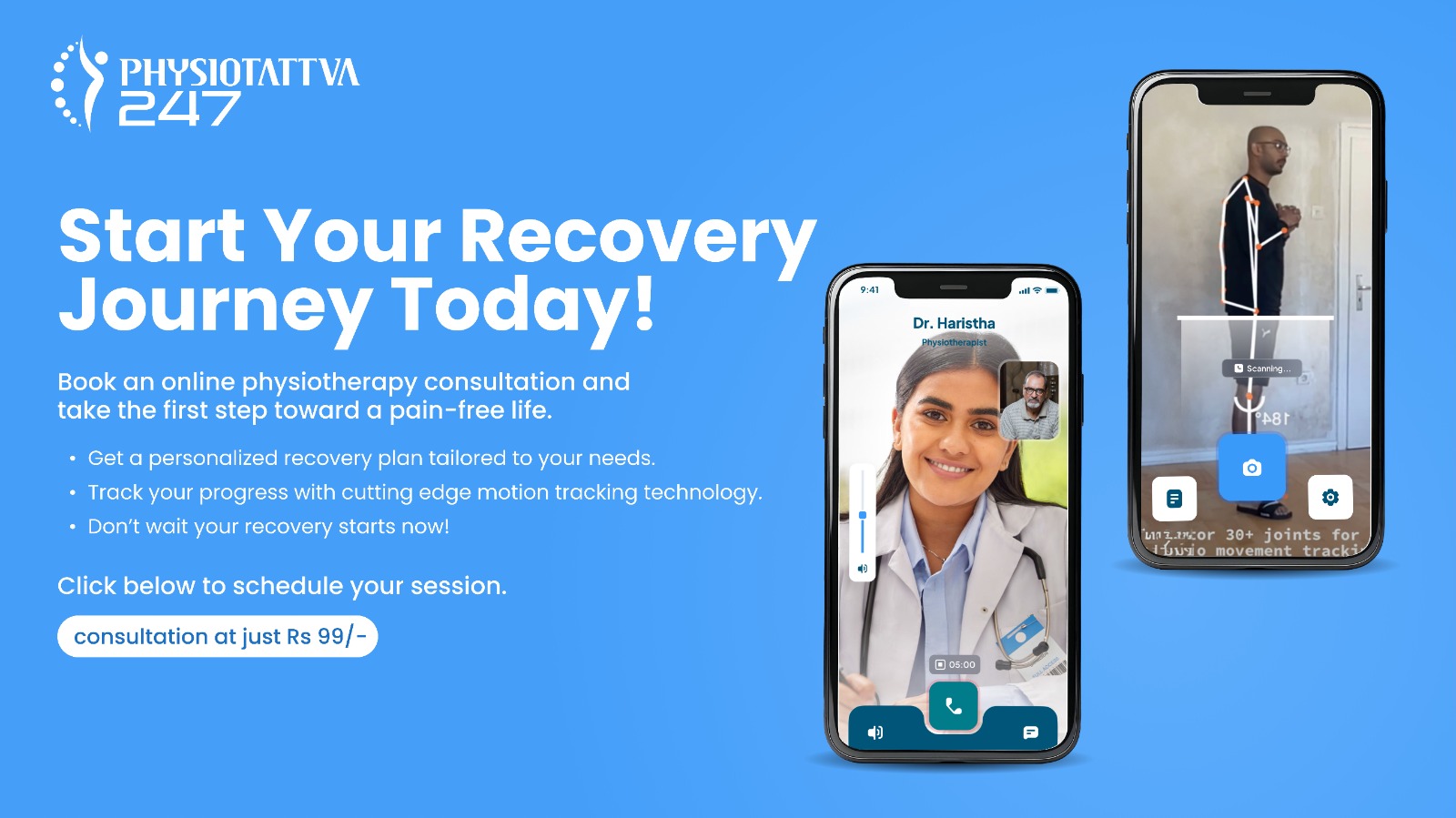What Is a Moist Heat (Hot Pack)?
A moist heat pack is a therapeutic tool used to deliver moist heat therapy to targeted areas of the body. Unlike dry heat, it transfers heat more deeply and quickly, making it ideal for relieving muscle stiffness, joint pain, and chronic tension. Moist heat therapy works by dilating blood vessels, improving circulation, and relaxing muscles. Whether through gel packs, hot towels, or moist heat pack physical therapy, this method promotes faster healing and pain relief for various musculoskeletal issues.
Benefits of Moist Heat (Hot Pack)
Moist heat therapy is one of the first approaches to treat any physiological condition. Based on the temperature and application period, you can benefit from heat therapy in several ways.
Provides Quick Relief from Acute Pain
Applying a moist heat pack or a heat pack to the affected area stimulates the sensory receptors located on the skin. This helps block the transmission of pain signals to the brain and ultimately reduces pain. Further, the use of moist heat for pain improves blood flow and circulation, which in turn eliminates lactic acid buildup (responsible for pain and stiffness).
Helps Reduce Stiffness and Improve Mobility
Moist heat therapy plays an essential role in stretching soft tissues around the spine. These would include muscles, connective tissues, and more. Hence, applying regular moist heat for back pain or moist heat for neck pain helps release tension and improve your range of motion. Further, producing vasodilation increases the supply of oxygen and nutrients while eliminating the body's carbon dioxide and metabolic waste. This helps relax muscles and reduce stiffness.
Promotes Relaxation and Reduces Stress
The hot pack therapy helps in reducing cortisol levels in your blood. It also helps decrease oxidative stress on a chemical level. These aspects produce a relaxing effect on both your physical and mental state, making thermal therapy a great option for stress relief.
Injuries Prevention
The rise in temperature produced by an external agent (heat packs) mimics the function of a fever. This stimulates your immune system to produce monocytes and cytokines and reduces the levels of C-reactive proteins. Such mechanisms eliminate dead cells, fight infections, and prevent injuries, making moist heat therapy an effective preventive care method.
A Safe and Effective Alternative to Pain Medication
Since applying moist heat packs for pain relief is non-invasive and drug-free, it is more beneficial than over-the-counter medications. There is a lower risk of side effects as it facilitates the body's default healing mechanisms. Moist heat therapy is an excellent alternative for people suffering from chronic conditions, as dependency on medications can lead to long-term consequences.
Types of Moist Heat Therapy
Despite being an age-old practice, people often overlook the various forms of moist heat therapy that can effectively relieve pain.
Electric Heating Pads
In recent years, electric heating pads have gained popularity. These devices consist of insulated wires enclosed in inflammable fabrics. With automatic and manual temperature control settings, you can adjust the degree of heat applied to the affected area.
Gel Packs
Water-based gels or gel beads are packed in reusable pouches that can be heated in the microwave for approximately 30 minutes. These are common forms of moist heat packs for physical therapy, thanks to their flexibility, portability, and ease of use.
Warm Towels or Washcloths
Immersing towels in hot water for 2 to 3 minutes and squeezing the excess water before the application can help relieve pain. The heat in these towels lasts for 5 to 10 minutes, as a result of which their benefits are short-lived.
How to Make Moist Heat Pack
Creating a moist heat pack for pain relief at home is simple, cost-effective, and just as effective as store-bought options. Whether you're dealing with moist heat for back pain, neck pain, or general muscle soreness, homemade packs are a convenient solution. Here's how to make your own moist heat pack:
- Using a towel: Dampen a clean towel with warm water (not scalding), wring it out, and place it in a microwave for 20–30 seconds. Carefully remove and wrap in a dry towel before applying it to the painful area.
- Rice sock method: Fill a clean sock with uncooked rice, tie it securely, and microwave it for 30–60 seconds. For moist heat therapy, lightly spritz the sock with water before microwaving to create a steam effect.
- Gel pack alternative: Mix 2 parts water with 1 part rubbing alcohol in a sealed zip-lock bag. Freeze it for a slushy, flexible heat pack that can be wrapped in a damp cloth and used for thermal therapy.
These methods are ideal when you're seeking natural ways to apply moist heat for pain relief at home. Always check the temperature before use and avoid direct contact with the skin to prevent burns.
How to Use Moist Heat Therapy Effectively
While we use hot pack therapy to treat pain, inflammation, and stiffness, it is essential to consider the best practices to achieve complete recovery.
Set the Temperature
Managing the temperature of your hot pack is essential, as high temperatures can lead to burns and damage to the skin. As our experts suggested, the ideal temperature of a hot pack is between 60 °C and 70 °C.
Apply the Pack
Wrapping the heat pack in a thin towel and placing it on the affected area for 15 to 20 minutes allows the heat to penetrate through the tissues, resulting in pain relief.
Relax
Along with heat therapy, taking the time to rest and recuperate is essential to achieving a complete recovery. While hot packs can provide temporary relief, it is necessary to avoid intense physical activity as this can only worsen your condition.
Repeat
To observe the benefits of using a hot pack, consistency is key. Hence, our experts recommend applying the pack on the affected area 2 to 3 times throughout the day.
When to Use Moist Heat Therapy
Moist heat therapy is ideal for managing chronic pain, muscle tightness, and stiffness. It helps by increasing blood circulation, relaxing muscles, and easing joint tension. Here are common situations where you can benefit from a moist heat pack for pain relief:
- Chronic muscle pain or soreness, like in the neck, back, or shoulders
- Joint stiffness due to arthritis
- Delayed-onset muscle soreness (DOMS) after exercise
- Muscle spasms or tension from stress or injury
- Old injuries with lingering discomfort (beyond 48–72 hours)
- Before exercise or physiotherapy to loosen tight muscles and improve mobility
Using a moist heat pack before stretching or rehab can also enhance flexibility and range of motion.
When Not to Use Moist Heat Pack
While moist heat for pain is highly effective in many cases, there are situations where it should be avoided, as it can worsen inflammation or tissue damage. Avoid using a moist heat pack in the following cases:
- Immediately after a new injury (within the first 48 hours)
- On areas with swelling or active inflammation
- If there is bruising, bleeding, or open wounds
- In case of infections or skin conditions like dermatitis or eczema
- On numb or desensitised skin (e.g., due to diabetes or nerve damage)
- If you have poor circulation or vascular disease
Always consult your physiotherapist before using moist heat therapy, especially if you have any medical conditions.
Important Considerations When Using Moist Heat Therapy
As mentioned earlier, a higher temperature or direct contact with the moist heat pack on the skin can severely damage tissues. Hence, it’s essential to use moist heat therapy safely and correctly. Below are key precautions and best practices:
Check the Temperature
The temperature of your hot pack is the most important factor that influences the progress or deterioration of the condition. A higher temperature will cause damage to the skin barrier, resulting in burns and rashes. This could further increase the risk of contracting infections.
Use a Protective Barrier
Always wrap the heat pack in a thin towel before placing it on your skin. This prevents direct heat exposure and minimises the risk of burns or irritation.
Avoid Prolonged Use
Placing a heat pack on the affected area for extended periods may dilate the blood vessels and activate pro-inflammatory cells. This results in severe inflammation and pain at the point of injury.
Don't Use It On Open Wounds
Applying heat to an open wound may increase blood flow, resulting in severe bleeding. Further, due to vasodilation, blood vessels may dilate, leading to prolonged inflammation.
Don't Use While Sleeping
Falling asleep with a heat pack on the affected area can worsen the condition as it may increase inflammation, cause damage to the skin barrier, burn the skin, and exacerbate the underlying pain.
Monitor Skin Response
Check the area of application during and after therapy for any signs of redness, swelling, or discomfort. Discontinue use if irritation occurs.
Follow the Instructions
When using electric heating pads or microwaveable moist heat therapy tools, ensure you're familiar with the product guidelines. Incorrect use can cause device malfunction or injury.
Consult a Professional for Underlying Conditions
People with diabetes, neuropathy, or circulatory disorders should consult a physiotherapist or physician before using any form of thermal therapy, including moist heat for pain.
By following these safety guidelines, you can benefit from moist heat for back pain, neck pain, or joint stiffness while reducing the risk of side effects.
Dry vs Moist Heat for Pain Relief
Both dry and moist heat therapy are effective in relieving pain, but they work slightly differently.
- Dry heat (like electric heating pads or heat lamps) pulls moisture from the body, offering longer-lasting warmth. It’s convenient and often used for general muscle stiffness or low-grade pain.
- Moist heat (such as a moist heat pack for pain relief) penetrates deeper into tissues and is more effective for treating chronic pain, muscle spasms, and joint stiffness.
- Moist heat also helps improve circulation and tissue elasticity faster than dry heat.
Choosing between the two often depends on the condition being treated, personal comfort, and accessibility of the heating source.
Moist vs Dry Heat Pack: Which is Better?
When comparing a moist heat pack to a dry heat pack, studies suggest moist heat may offer quicker, deeper, and longer-lasting relief.
- Moist heat packs are especially beneficial in physical therapy settings, where deeper muscle relaxation is needed.
- For example, moist heat for back pain or moist heat for neck pain can loosen tight muscles more effectively than dry heat alone.
- However, dry heat may be preferred in situations where portability or convenience is more important (e.g., while working).
In general, if your goal is deep tissue relief, moist heat therapy is considered the better option.
Say Goodbye to Pain with Moist Heat Therapy at Physiotattva
At Physiotattva, we offer expert-guided moist heat therapy as part of a holistic approach to pain relief and recovery. Our specialists help you understand the safest and most effective ways to use moist heat packs, ensuring targeted relief for conditions like back pain, neck stiffness, and muscle tension.
However, it's important to note that moist heat therapy works best when integrated with other treatments. That’s why we combine heat application with tailored physical therapy, exercises, and lifestyle modifications—offering you a complete and sustainable recovery plan.
At Physiotattva physiotherapy clinics in Bangalore and Hyderabad, you receive personalised care tailored to your specific needs, ensuring effective results and comfort throughout your journey to recovery.
Don’t wait to start your recovery! Get in touch with Physiotattva for more details! Contact us at +91 89510 47001.




-Physiotherapy.webp)
-for-Shoulder-Pain-Relief.webp)
-for-Knee-Pain-Relief.webp)


-for-Back-Pain-Relief%20(1).webp)





.webp)











.webp)

.webp)
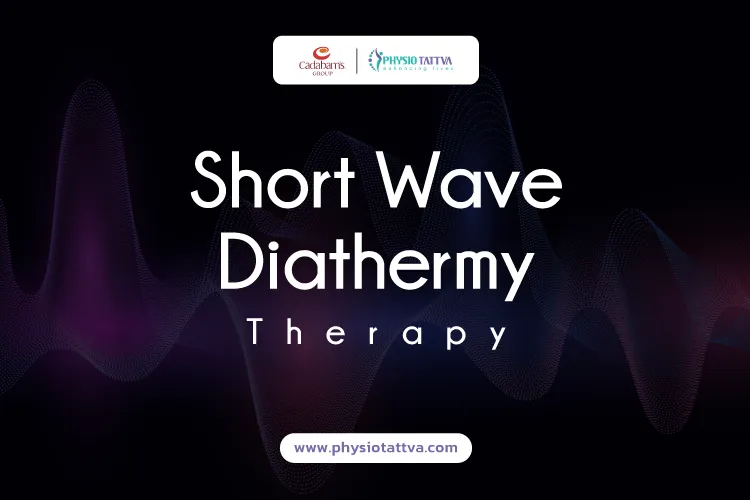
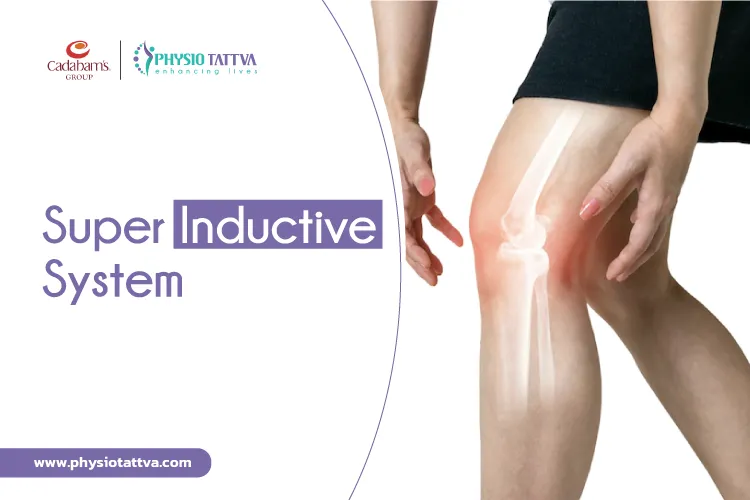
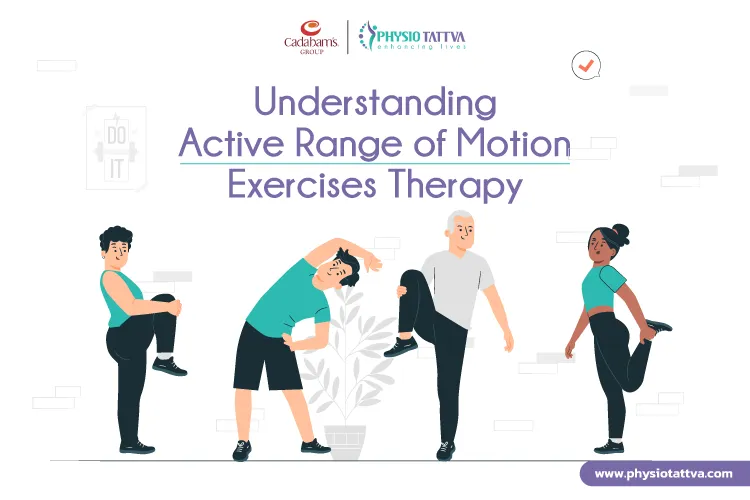


.webp)
.webp)


.webp)
.webp)

.webp)
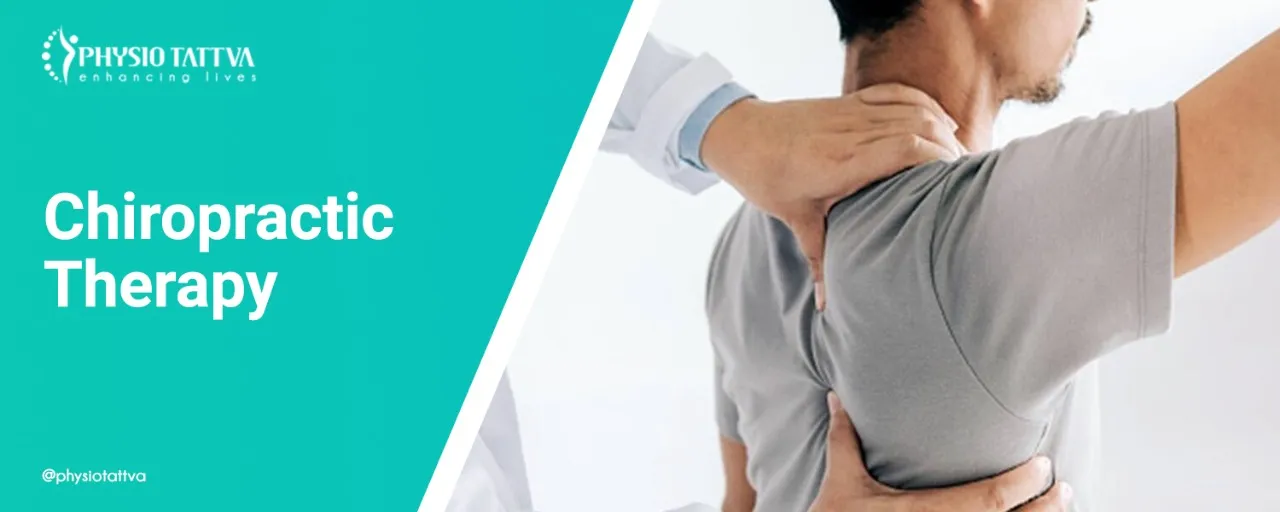
.webp)
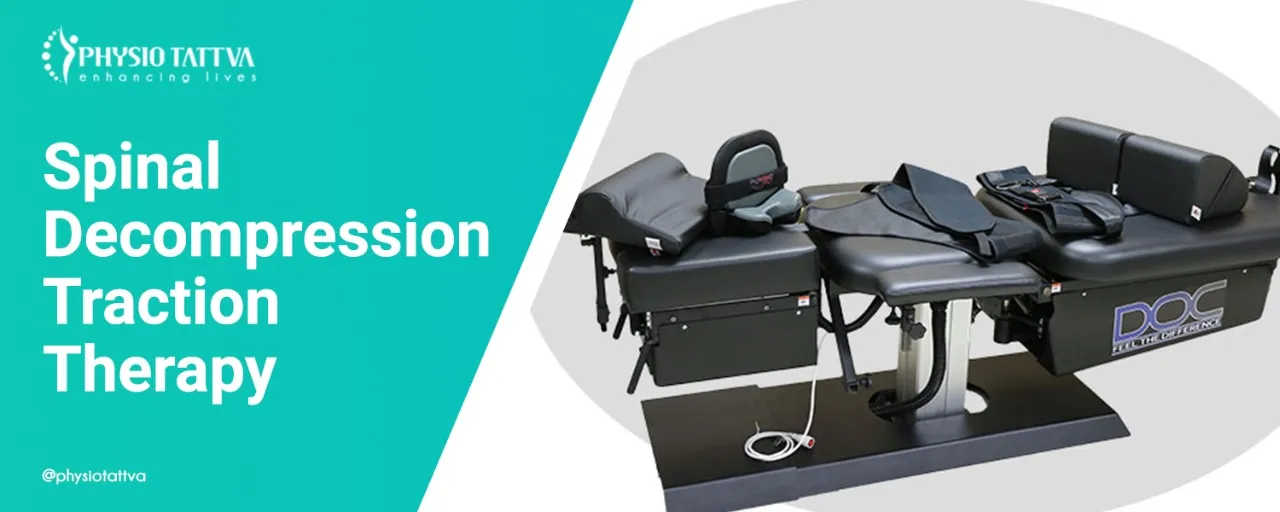
.webp)
.webp)
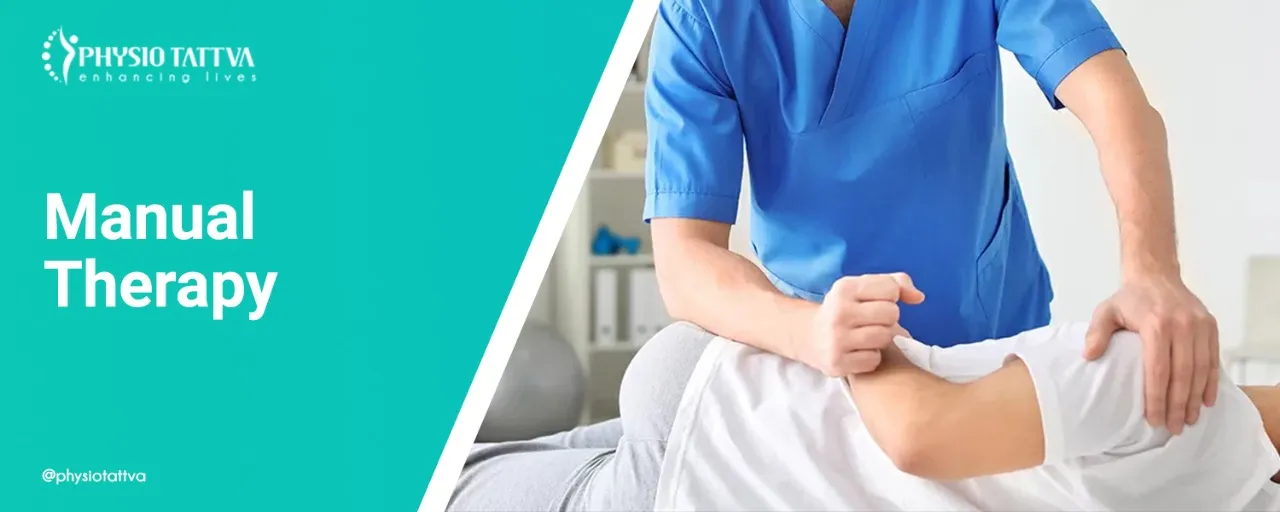
.webp)







.webp)
.webp)

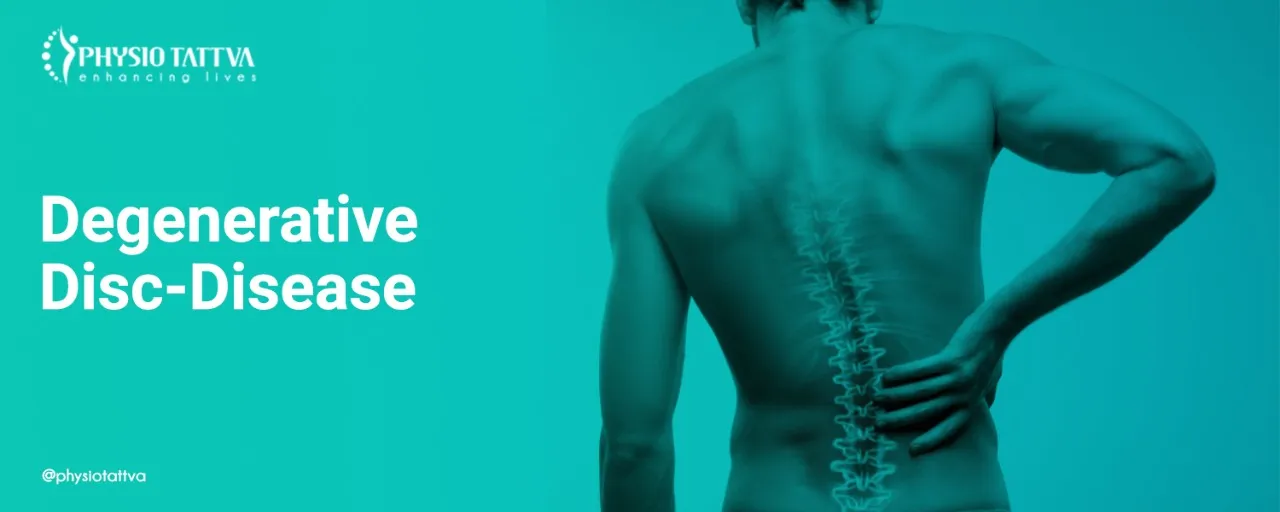

.jpeg)
.jpeg)

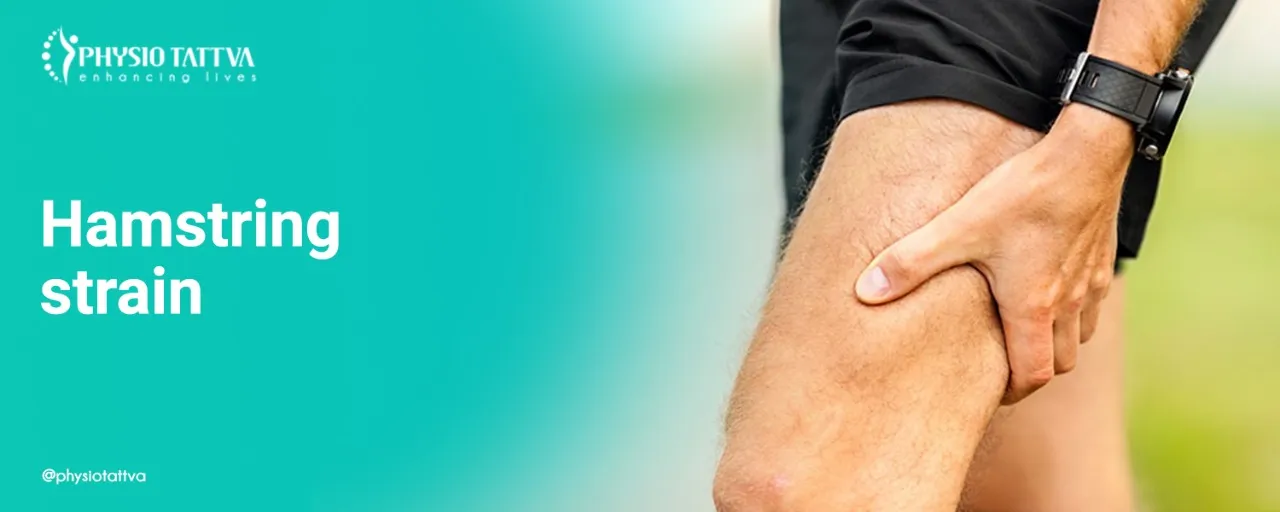
.jpeg)

.webp)
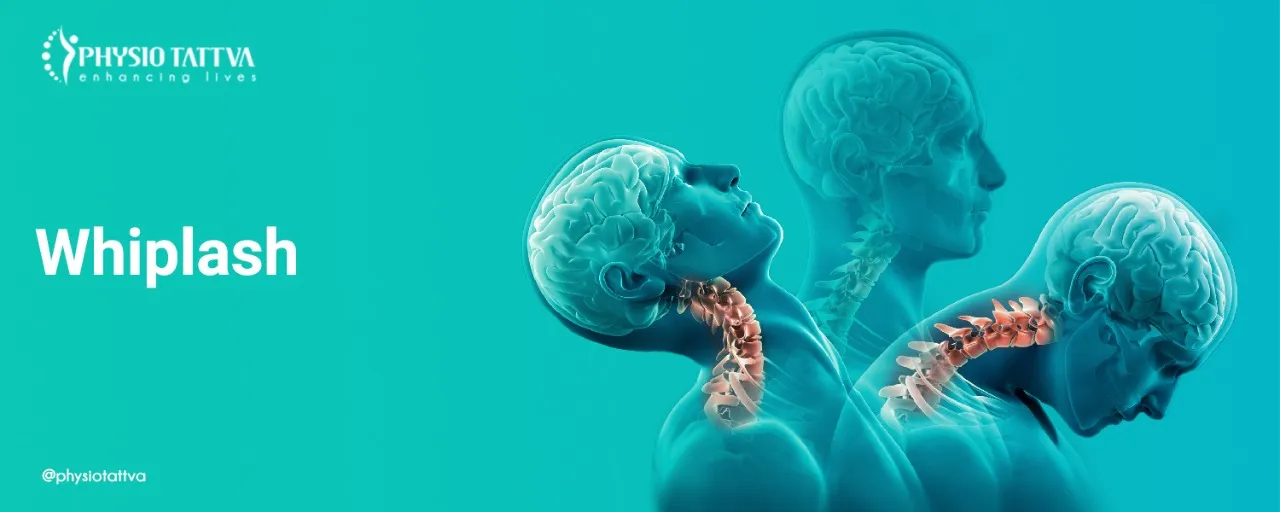



.webp)
.webp)







.png)








%20(1)-p-3200.jpeg)


.jpg)
.webp)
.webp)
.webp)


